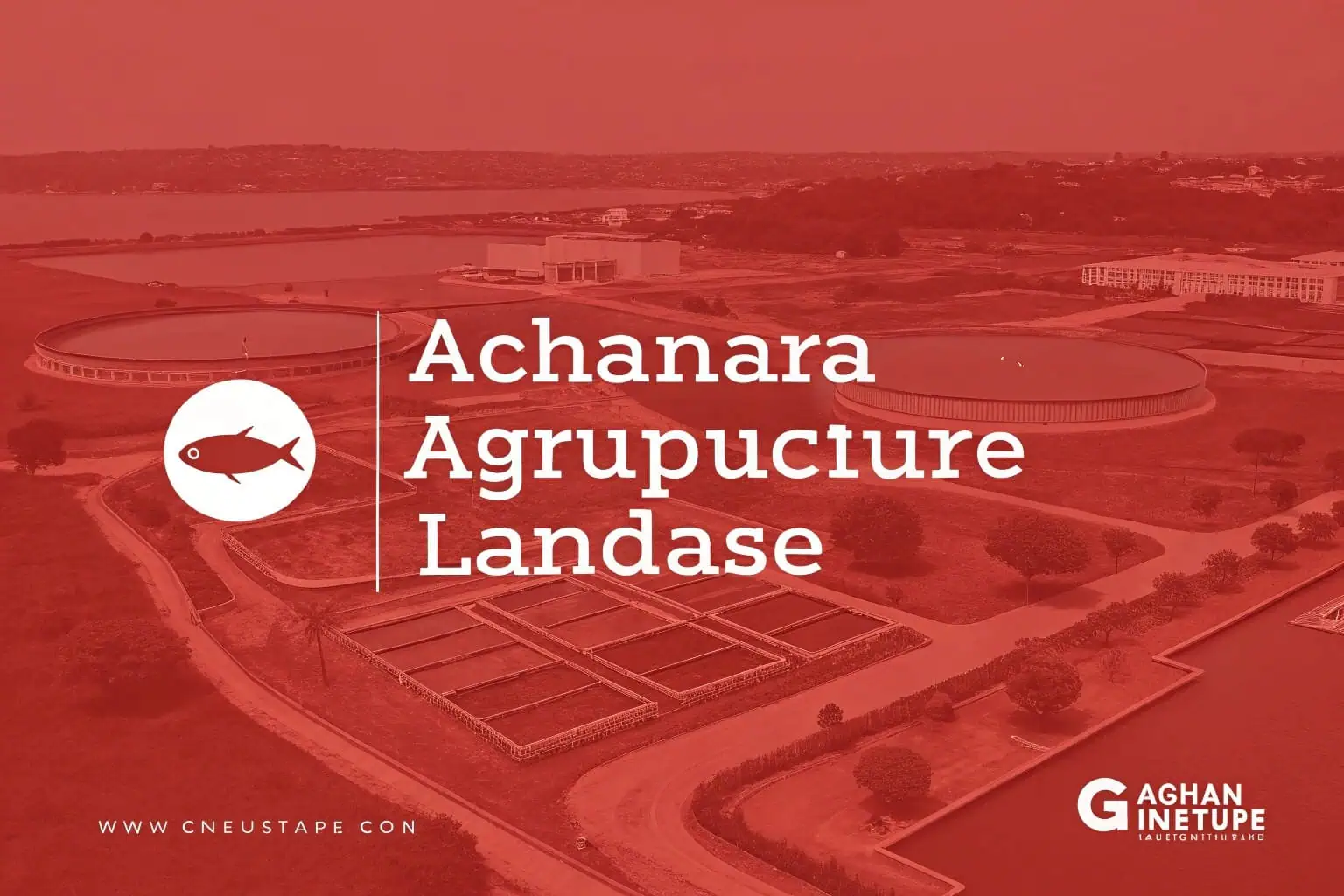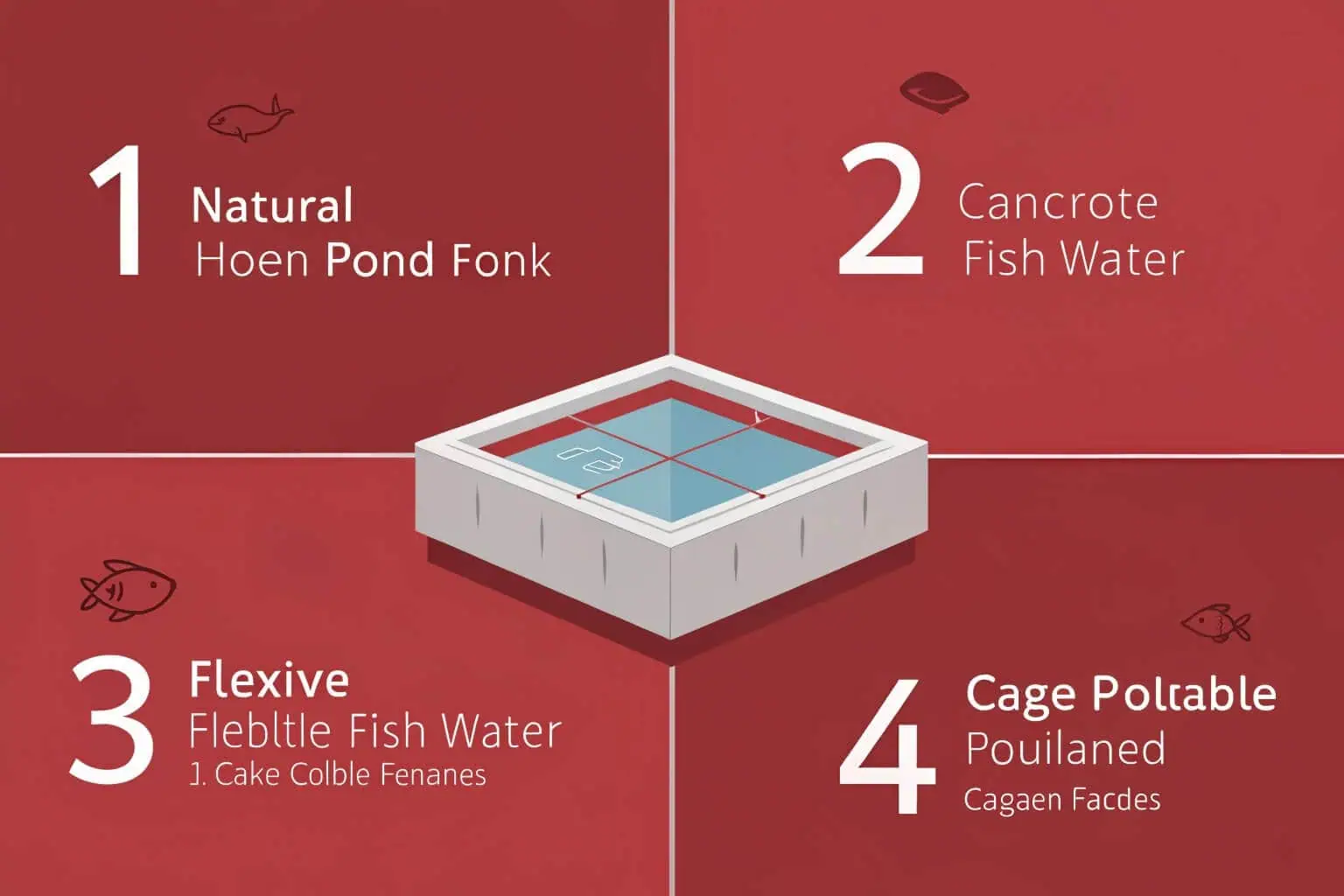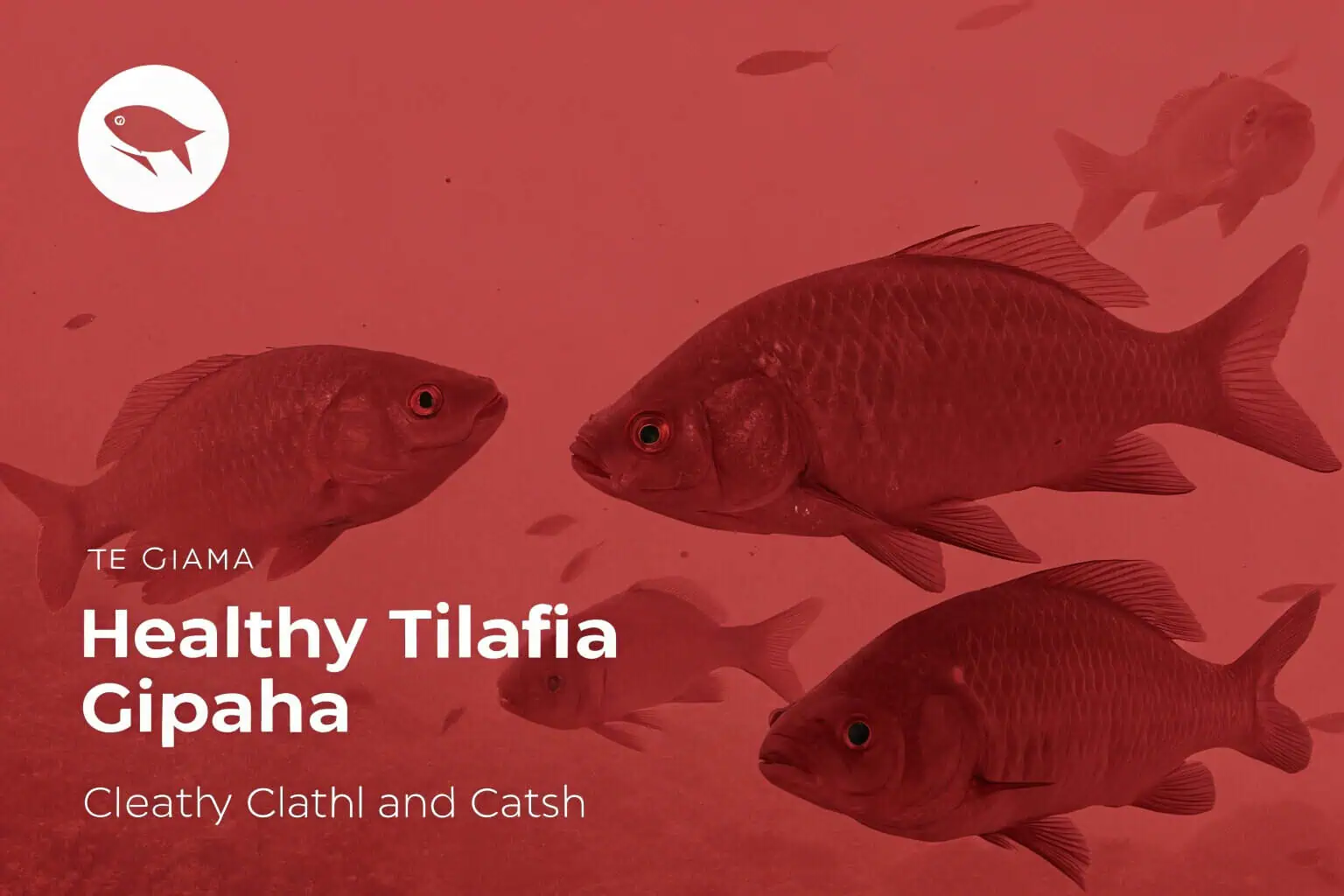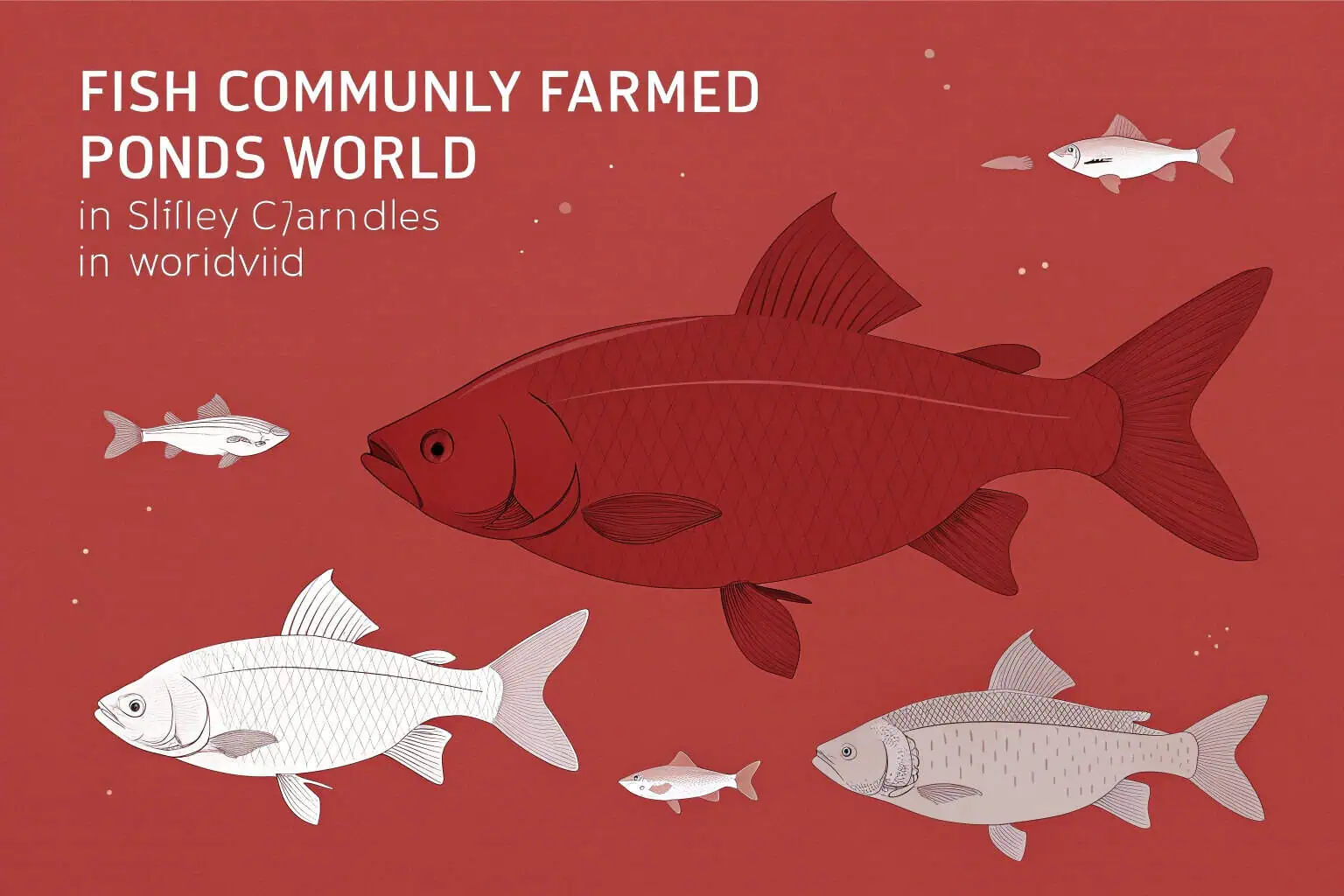What types of fish ponds are used in Ghana?
Are you curious about fish farming in Ghana? It's a growing field, and choosing the right pond is key. Let's explore the options available to Ghanaian fish farmers.
In Ghana, fish farmers primarily use earthen ponds, concrete ponds, and increasingly, tarpaulin or plastic-lined (collapsible) ponds. Cage culture in larger water bodies like Lake Volta is also gaining traction for commercial operations.

As someone who's spent a lot of time in Ghana's aquaculture sector, I've seen a real shift. While traditional methods hold their ground, there's a clear move towards more adaptable and cost-effective solutions. The drive to boost local fish production is strong, and that means finding the best ways to raise fish efficiently. This journey into pond types is more than just technical; it's about understanding how we can support our local farmers and secure our food future. Let's dive into the specifics of what's being used on the ground.
What are the 4 main types of fish ponds generally recognized?
Thinking about starting a fish farm? The type of pond you choose is a big decision. It affects cost, maintenance, and what you can grow. Let's look at common options.
Generally, the four main types of fish ponds are earthen ponds, concrete ponds, plastic or liner ponds (including collapsible ones like Bancy's), and cage systems. Each has unique benefits and is suited to different scales of operation and environments.

Choosing the right pond isn't just about digging a hole and adding water. I've seen farmers weigh these options carefully. It's about matching the pond to your land, your budget, and your goals. In Ghana, I've noticed a trend towards systems that are easier to set up and manage, especially for small to medium-scale farmers. The innovation in materials, like durable PVC liners for collapsible ponds1, is making a real difference. These modern options offer flexibility that traditional ponds sometimes can't match. Let's explore these types in more detail to understand their pros and cons.
Earthen Ponds: The Traditional Choice
Earthen ponds are the most traditional type, created by excavating soil in a suitable area. They are often favored for their natural feel and lower initial construction cost if the soil type is appropriate (clay-based soil is ideal for water retention). However, they can be prone to seepage if the soil isn't right, require more land, and can be challenging to manage in terms of water quality and predator control. I've seen many successful small-scale farms in Ghana start with earthen ponds2, especially in rural areas where land is more readily available. They blend well with the natural environment, but farmers need to be diligent about maintenance.
Concrete Ponds: Durability and Control
Concrete ponds are permanent structures known for their durability and the high degree of control they offer over the culture environment. They prevent seepage, make disease control3 easier, and can last for many years. On the flip side, they have a higher upfront construction cost and lack flexibility if you need to relocate or change the setup. In urban or peri-urban areas of Ghana, where space is limited and a more intensive system is desired, concrete ponds are a common sight. They are a solid investment for long-term operations.
Liner Ponds and Collapsible Tanks: Modern Flexibility
This category includes ponds made with plastic liners or fully collapsible systems, like the ones we at Bancy specialize in, often using robust PVC liners4 with frames made of galvanized steel5 or durable plastic. Their main advantages are affordability, ease of installation, and portability. You can set them up on various terrains, and they are excellent for temporary setups or for farmers who might need to move. I've personally seen how these ponds, such as our galvanized pipe fish tanks or galvanized sheet fish tanks, empower new farmers in Ghana to start without massive initial investment. They are also great for specific stages like nursery or quarantine. The key here is the quality of the liner and frame, ensuring longevity. Our Bancy tanks, for instance, are designed for resilience.
| Pond Type | Key Characteristics | Common Uses in Ghana | Considerations |
|---|---|---|---|
| Earthen Ponds | Excavated, natural soil base | Rural small-scale farming, extensive culture | Soil suitability, seepage, predator control |
| Concrete Ponds | Permanent, durable, good control | Urban/peri-urban farming, intensive culture | High initial cost, inflexible |
| Liner/Collapsible | Affordable, portable, easy setup (e.g., Bancy tanks) | Small to medium farms, nursery, temporary setups6 | Liner quality, frame durability, site preparation |
| Cage Systems | Floating enclosures in larger water bodies | Commercial scale in lakes/reservoirs (e.g., Lake Volta) | Water body access, security, environmental impact |
What is the most common fish farmed in Ghana?
If you're looking into Ghanaian aquaculture, you'll quickly notice one fish stands out. But why is it so popular? And are there others making waves?
Tilapia is overwhelmingly the most common fish farmed in Ghana, accounting for a significant majority of local aquaculture production. Catfish is the second most popular, with a growing presence in the market.

From my experience working with fish farmers7 across Ghana, the dominance of tilapia is undeniable. It's a hardy fish, adapts well to various farming systems, and, crucially, there's a huge local demand for it. Walk through any market, and you'll see tilapia. But it's not just about tradition; there are solid reasons for its popularity, from growth rate to consumer preference. Catfish, particularly the African catfish (Clarias gariepinus), is also carving out a significant niche, valued for its fast growth and air-breathing capabilities, which make it tolerant to lower water quality conditions.
Tilapia: The Nation's Favorite
Tilapia, especially the Nile Tilapia (Oreochromis niloticus), is the backbone of Ghanaian aquaculture8. I've seen it thrive in everything from simple earthen ponds to more intensive tank systems. Its popularity stems from several factors: it's a fast-growing fish, relatively easy to breed, and tolerant of a range of water conditions. Consumers love its taste and texture. The government has also actively promoted tilapia farming to reduce reliance on fish imports. As I mentioned in my insights, it makes up over 95% of farmed fish here. This focus means there's a lot of local knowledge and support systems built around tilapia farming, though challenges like quality feed and fingerlings persist.
Catfish: The Rising Contender
The African Catfish9 is another key species. It's known for its resilience and ability to tolerate conditions that might be stressful for tilapia, such as higher stocking densities and lower dissolved oxygen levels. This makes it an attractive option for farmers. I've noticed a steady increase in catfish farming, partly because it can be very profitable due to its good market price and high demand, especially for smoked fish products. It's a versatile fish, and its growth in popularity is a positive sign of diversification within the sector.
Other Potential Species
While tilapia and catfish are the main players, there's always interest in exploring other species. However, establishing new species in the market requires significant research, development of appropriate culture techniques, and building consumer acceptance. For now, the focus remains strongly on tilapia and catfish due to their proven viability and market demand in Ghana. The industry is practical, and farmers tend to stick with what works and what sells.
| Fish Species | Key Farming Characteristics | Market Significance in Ghana | Common Challenges |
|---|---|---|---|
| Tilapia (Nile)10 | Fast-growing, adaptable, good consumer acceptance | Dominant farmed fish, high local demand | Quality feed, fingerling supply, disease management |
| Catfish (African) | Hardy, air-breather, tolerates high density | Growing market, popular for smoking | Market price fluctuations, specific feed needs |
| Other Species11 | Various (e.g., Heterotis, snakehead) | Niche markets, limited commercial production | Lack of established culture techniques, market access |
How much does it cost to build a fish pond in Ghana?
Starting a fish farm in Ghana involves costs, but how much are we talking about? It's a critical question for anyone considering this venture. Let's break it down.
The cost to build a fish pond in Ghana varies widely based on type (e.g., earthen, concrete, collapsible), size, location, and materials used. Simple tarpaulin ponds can be very affordable, while large concrete ponds are a significant investment.

I've talked with many aspiring and established farmers in Ghana, and the initial investment is always a major topic. There's no one-size-fits-all answer to the cost. An earthen pond might seem cheap if you have the land and machinery, but if the soil isn't right, you'll pay more for lining or amendments. Concrete ponds are sturdy but require skilled labor and materials like cement and iron rods, which add up. This is where solutions like Bancy's collapsible fish tanks12 come in – they offer a predictable cost and can be much more accessible, especially for small to medium-scale farmers. We provide options like galvanized pipe, galvanized sheet, or plastic frames, catering to different budgets and needs.
Factors Influencing Pond Construction Costs
Several elements determine the final cost. Land acquisition or preparation is a big one. If you own suitable land, that's a major cost saved. The type of pond, as discussed, is crucial. Excavation for earthen ponds, materials and labor for concrete ponds, or the purchase price of a collapsible tank like those from Bancy all play a role. Then there's the size – a larger pond naturally costs more. Water source development (borehole, pipes) and infrastructure like inlet/outlet systems also add to the expense. I always advise farmers to get detailed quotes and consider long-term operational costs13, not just the initial build.
Cost Comparison of Pond Types (Illustrative)
To give you a rough idea, a small, basic tarpaulin-lined pond might cost a few hundred Ghana Cedis to set up. A medium-sized earthen pond could run into thousands, depending on excavation needs. Concrete ponds are generally the most expensive upfront, potentially tens of thousands of Cedis for a decent size. Our Bancy collapsible ponds aim to provide a middle ground, offering durability and features of more permanent systems but with lower initial costs and the benefit of portability. For instance, our plastic tube aquaculture tanks14 are designed to be lightweight and easy to set up, reducing labor costs.
Beyond Construction: Other Initial Costs
Remember, pond construction is just one part. You'll also need to budget for quality fingerlings15, initial feed supply, water testing kits16, and basic farm equipment. As I've seen, feed can be up to 70% of the running costs, so while not a construction cost, it's vital for financial planning. Government initiatives and NGOs sometimes offer support or subsidies, which can help alleviate some of these initial financial burdens for farmers in Ghana.
| Cost Component | Earthen Pond Example (Approx. GHS) | Concrete Pond Example (Approx. GHS) | Collapsible (Bancy) Pond Example (Approx. GHS) |
|---|---|---|---|
| Land Preparation | 500 - 2,000+ | 1,000 - 3,000+ | 200 - 1,000 (Simpler site prep) |
| Excavation/Materials | 2,000 - 10,000+ (if soil good) | 10,000 - 50,000+ | 1,500 - 15,000+ (Tank purchase) |
| Labor | Varies with machinery use | 3,000 - 15,000+ | Minimal (Self-assembly or low labor) |
| Inlet/Outlet | 500 - 1,500 | 1,000 - 2,500 | Included or simple add-on |
| Total Estimate | 3,000 - 13,500+ | 15,000 - 70,500+ | 1,700 - 16,000+ |
Note: These are very rough estimates and can vary significantly based on exact size, location, material quality, and specific site conditions. Always get current, local quotes.
What fish are commonly found in ponds globally?
Beyond Ghana, what kinds of fish do people typically raise in ponds worldwide? Understanding this gives us a broader view of aquaculture practices and possibilities.
Globally, common pond-cultured fish include various species of carp, tilapia, catfish, trout, and salmon, depending on climate, market demand, and culture system intensity. Each has specific environmental needs.

Looking at global aquaculture, it's fascinating to see the diversity of species farmed. While my focus is often on what works best in Ghana, like our robust tilapia and catfish, it's insightful to see what thrives elsewhere. The choice of fish is always a careful balance of environmental suitability17 – warm water versus cold water species, for example – and economic factors like growth rate, feed conversion, and market price. This global perspective can sometimes inspire local innovation, perhaps by adapting techniques or considering new strains that might suit our conditions.
Warm-Water Pond Fish
In warmer climates, similar to Ghana, tilapia and catfish are indeed global stars. Various carp species, like common carp, silver carp, and grass carp, are also extensively farmed, particularly in Asia, forming the bulk of global freshwater aquaculture production. They are often grown in polyculture systems18, where different species utilize different food niches within the pond, increasing overall productivity. I've seen how these integrated systems can be very efficient. Other warm-water species include Pangasius (related to catfish, popular in Southeast Asia) and various ornamental fish.
Cold-Water Pond Fish
In temperate and colder regions, the choices are different. Trout, especially rainbow trout, is a very popular pond fish, prized for sport fishing and as a food fish. Salmon species are also farmed, though often in more specialized systems like raceways or net pens, rather than static ponds for their entire lifecycle. These fish require cool, clean, well-oxygenated water19, which presents different management challenges compared to warm-water species. Their feed requirements are also typically higher in protein.
Brackish Water Pond Fish
In coastal areas where freshwater mixes with seawater, brackish water ponds20 are common. Species like milkfish, mullet, and various shrimp and prawn species are cultured in these environments. These systems have their own unique ecological and management considerations, dealing with salinity fluctuations21 and specific dietary needs of the cultured species. While not the primary focus in many inland Ghanaian contexts, coastal aquaculture does exist and has potential.
| Fish Category | Common Examples | Typical Climate/Water Needs | Key Farming Notes |
|---|---|---|---|
| Warm-Water | Tilapia, Catfish, Carp (Common, Silver, Grass) | Tropical, Subtropical / Warm | High growth rates, diverse feeding habits, polyculture |
| Cold-Water | Trout (Rainbow), Salmon | Temperate, Cold / Cool, Oxygen-rich | Specific temperature needs, often higher protein feed |
| Brackish Water | Milkfish, Mullet, Shrimp, Prawns | Coastal / Saline water tolerance | Salinity management, specific diets |
| Ornamental Fish | Koi Carp, Goldfish, various tropical species | Varies (often controlled environments) | High value, aesthetic focus, specialized care |
Conclusion
In Ghana, pond choices range from traditional earthen to modern collapsible types, with tilapia and catfish leading the charge. Costs vary, but practical, adaptable solutions are key for this growing industry.
-
Learn about collapsible ponds and how they provide flexibility and ease of management for modern farming practices. ↩
-
Explore the advantages of earthen ponds, including cost-effectiveness and environmental integration, to enhance your farming practices. ↩
-
Understanding disease control methods in aquaculture can enhance your management practices and improve fish health. ↩
-
Explore the advantages of PVC liners for ponds, including durability and cost-effectiveness, to enhance your farming setup. ↩
-
Learn about the benefits of galvanized steel in pond construction, including its strength and resistance to corrosion, ensuring longevity. ↩
-
Discover effective strategies for establishing temporary pond setups, ideal for farmers needing flexibility in their operations. ↩
-
Learn about the challenges and opportunities for fish farmers in Ghana, providing insights into the aquaculture industry. ↩
-
Discover the challenges faced in Ghanaian aquaculture to gain insights into the industry's future and sustainability. ↩
-
Explore the advantages of African Catfish farming, including its resilience and market demand, to enhance your aquaculture knowledge. ↩
-
Explore the advantages of Tilapia farming, including its growth rate and market demand, to understand its significance in aquaculture. ↩
-
Discover the hurdles faced in farming alternative fish species, which can provide insights into diversifying aquaculture practices. ↩
-
Explore the advantages of collapsible fish tanks, which can provide cost-effective and flexible solutions for farmers looking to optimize their investments. ↩
-
Discover why considering long-term operational costs is crucial for sustainable pond management and budgeting. ↩
-
Learn about the functionality and benefits of plastic tube aquaculture tanks in modern farming practices. ↩
-
Understanding quality fingerlings is crucial for successful pond farming. Explore this link to learn more about selecting the best fingerlings. ↩
-
Water quality is vital for fish health. Discover the best water testing kits to ensure a thriving pond environment. ↩
-
Learning about environmental suitability can guide better species selection for aquaculture, enhancing productivity and sustainability. ↩
-
Learn how polyculture systems enhance productivity and sustainability in aquaculture, making it a vital practice for fish farming. ↩
-
Understanding the significance of well-oxygenated water can enhance your knowledge of fish farming practices and their challenges. ↩
-
Explore the advantages of brackish water ponds for aquaculture, including species diversity and ecological benefits. ↩
-
Understanding salinity fluctuations is crucial for successful aquaculture; learn how they impact fish health and growth. ↩